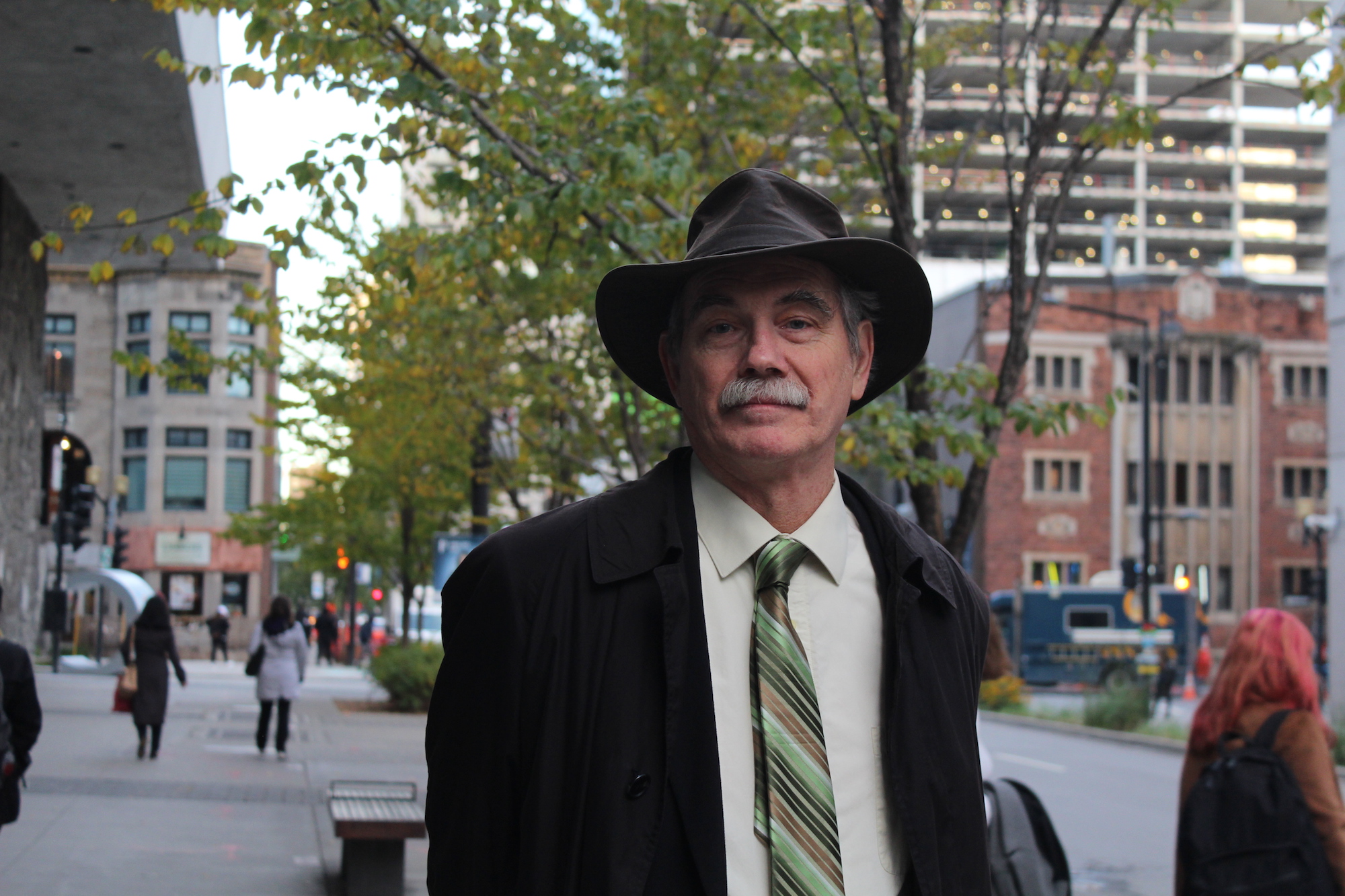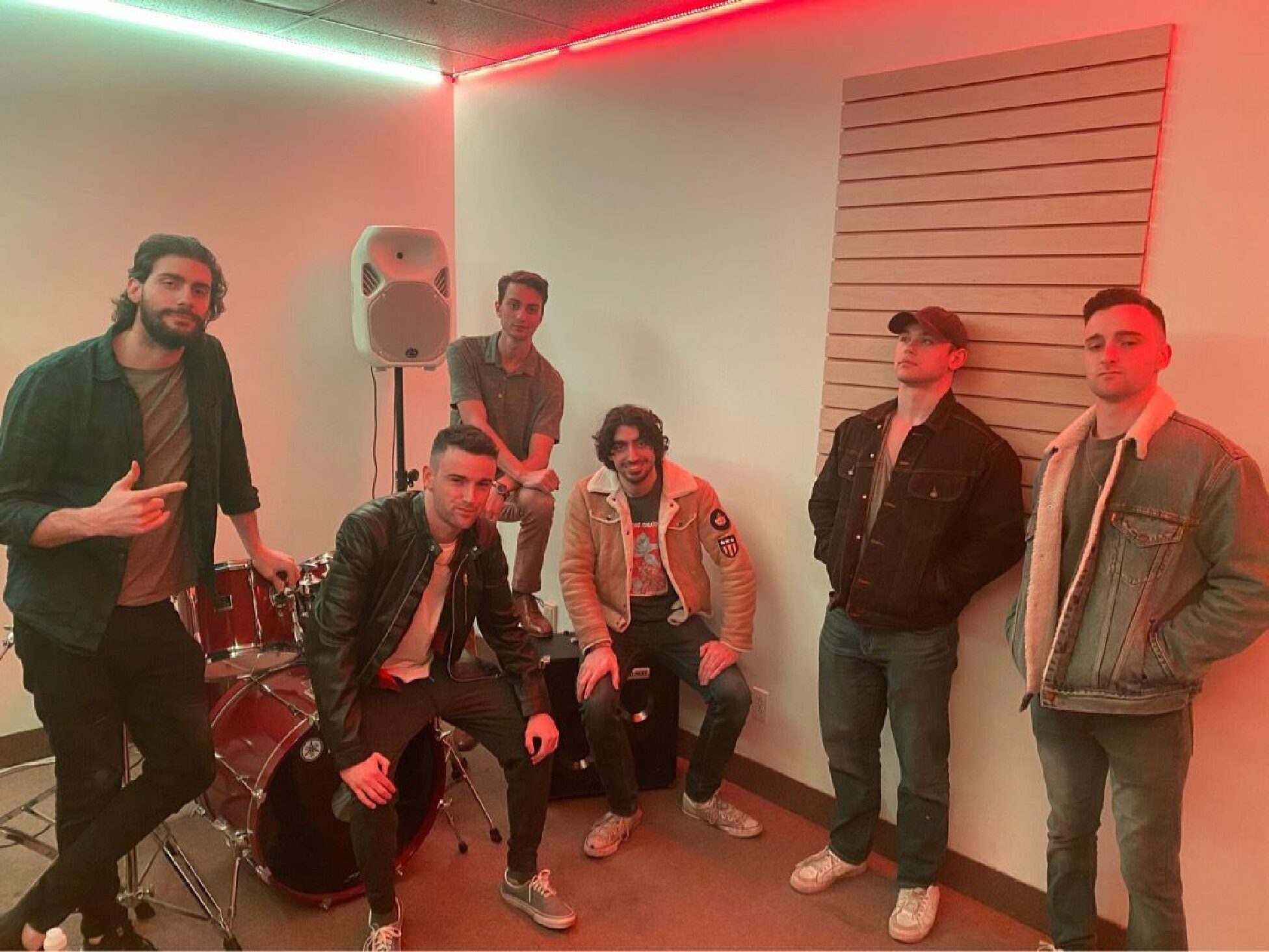The famed professor has developed a complex curriculum for deep listening
Norman Cornett’s unorthodox—some might say controversial—teaching methods have been making waves in universities across North America and Europe. The former McGill professor strives to promote a form of dialogical philosophy, with an emphasis on education, as a guest instructor.
Cornett is world-renowned for these dialogic workshops, which consist of a special guest encounter with professional creatives and artists. Cornett invites guests to his sessions, with little to no preparation other than the body of work he or she is presenting to the audience. This largely serves as the jumping off point for creating open discussion and uncandid honesty.
Cornett’s teaching approach is inspired by an abstract form of conscious thinking, his deep affinity for philosophy and his field of expertise – religious studies. He pulled influence from the teachings of Mikhail Bakhtin’s The Dialogic Imagination as well as D.W. Winnicott, who was a seminal child psychiatrist.
“[Winnicott] wanted to understand how does a newborn babe, right out of the womb, make the connection between the inner and the outer. […] He proposed it’s through what he calls transitional objects,” Cornett said. “I developed that seed of an idea into a concept which I refer to as the art of creating a transitional space between the material and the spiritual realms.”
Based largely on a literary technique that involves transcribing the flow of one’s thoughts onto paper, workshop participants are invited to scribble down—while blindfolded—subjective viewpoints on a piece of music, under the impression that their thoughts are completely anonymous. According to his website, Cornett has taken the traditional lecture format and recalibrated it in a more personalized, experimental way. Cornett asks students to write reflections on the piece of music, and then reveals the name of the guest artist.
Cornett then confronts his guest through a direct exchange of dialogue, reading what the audience participants wrote all the while ruminating on the creative process and asking questions about the exchange of art and information.
“I’m doing this because of sensory deprivation,” Cornett said. “We know, for example, that when somebody is not concentrated or availing themselves of the visual sensations, the brain compensates and accentuates the auditory capacity.
Advocating for this approach to critiquing art, Cornett said, confronts pre-existing notions of what music can be and how it impacts us on a larger, societal scale as well as on a more intimate, psychological level. Through these dialogic discussions, Cornett has also introduced attendees to an all-encompassing gamut of artists, experts and philosophers.
Cornett seeks to establish a teaching style that promotes open discussion and a free-flowing creative space, believing it to be what distinguishes humans from other species.
“Making an album is blood, sweat and tears. In effect, my dialogic approach retraces the stages of composition and performance and recording of the music,” Cornett said. “These workshops are sharpening experiences for both the musician and for the audience. Music is the only artform that requires both hemispheres of the brain [and], because music is based on mathematics, it entails the rational and logical, linear thought. But it also entails creativity and imagination.”
Some former guests of his sessions include established jazz pianist Oliver Jones, and Academy Award winner Ethan Hawke, among others. His teachings have been the focus of a documentary by Alanis Obomsawin, titled Professor Norman Cornett: Since when do we divorce the right answer from an honest answer?
According to Cornett, his workshops’ non-traditional structure pushes attendees to cultivate a deeper understanding and appreciation for music and the subtle shades of sound that often go unnoticed in casual listening. This opportunity to interact with creative individuals acts as a vessel of exchange, empowering students to formulate their own, individual definition of what art is and how it intermingles with social situations.
“This is why I gravitated toward music,” Cornett said. “I realized, at the beginning, I had virtually only art students or people in the social science field. I would invite a scientist, and I realized that they have different frames of reference. This is what led me to establish a dialogue between the arts and the sciences through music as building a bridge between the hard sciences and the social sciences.”
The classroom, he argued, “should be a community [where] education is a communal project based on dialogue.” The main takeaway from these highly critical workshops is that the teacher as well as the student learn from each other. The students in this conception act as a conduit for raw discussion, unearthing the full potential of their ears.
“My goal is to teach teaching to teachers, and I believe if we integrate music into education at all levels, we are going to open minds, learn more and learn better.”
For more information, including where to attend a workshop, visit Cornett’s website.




